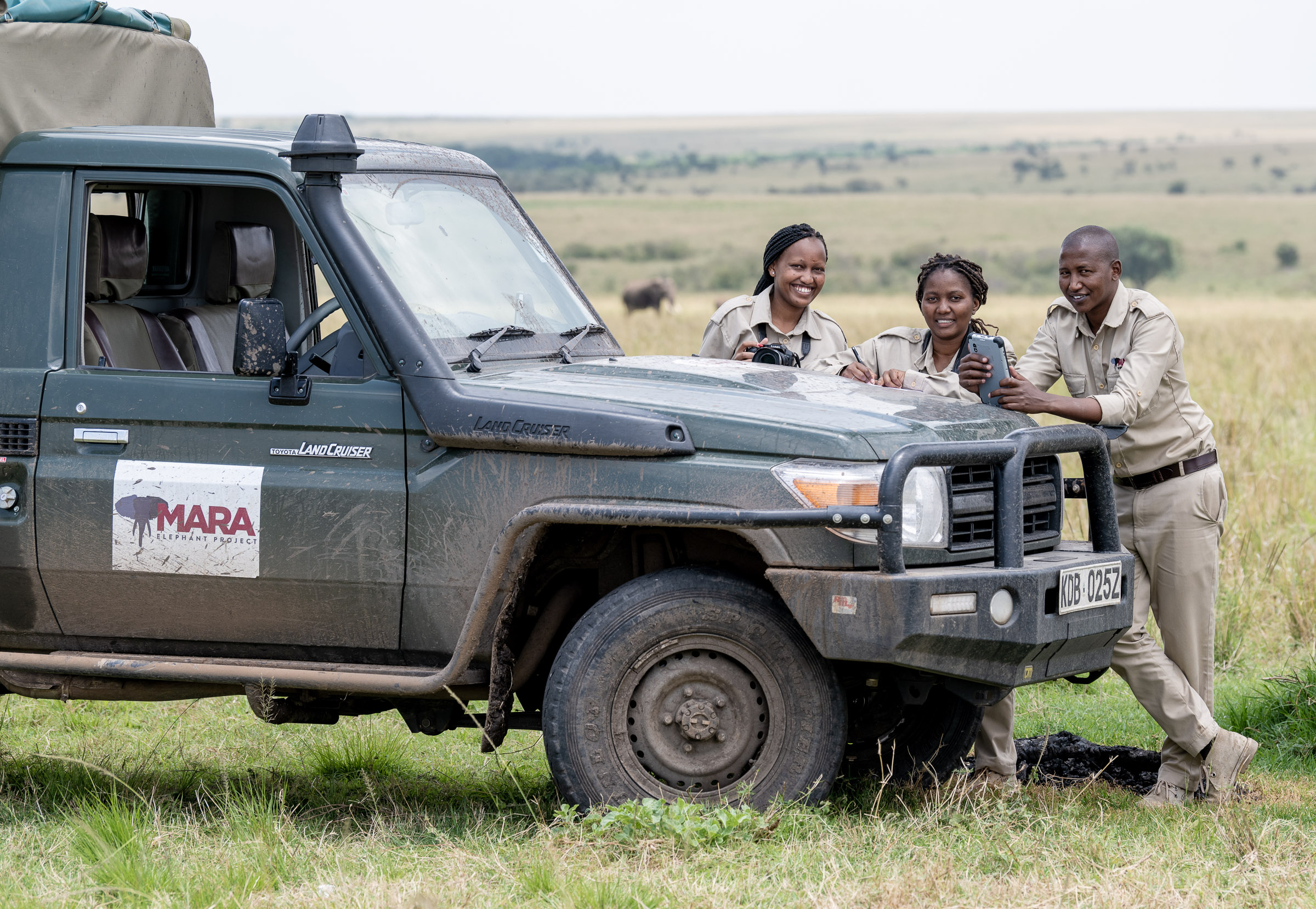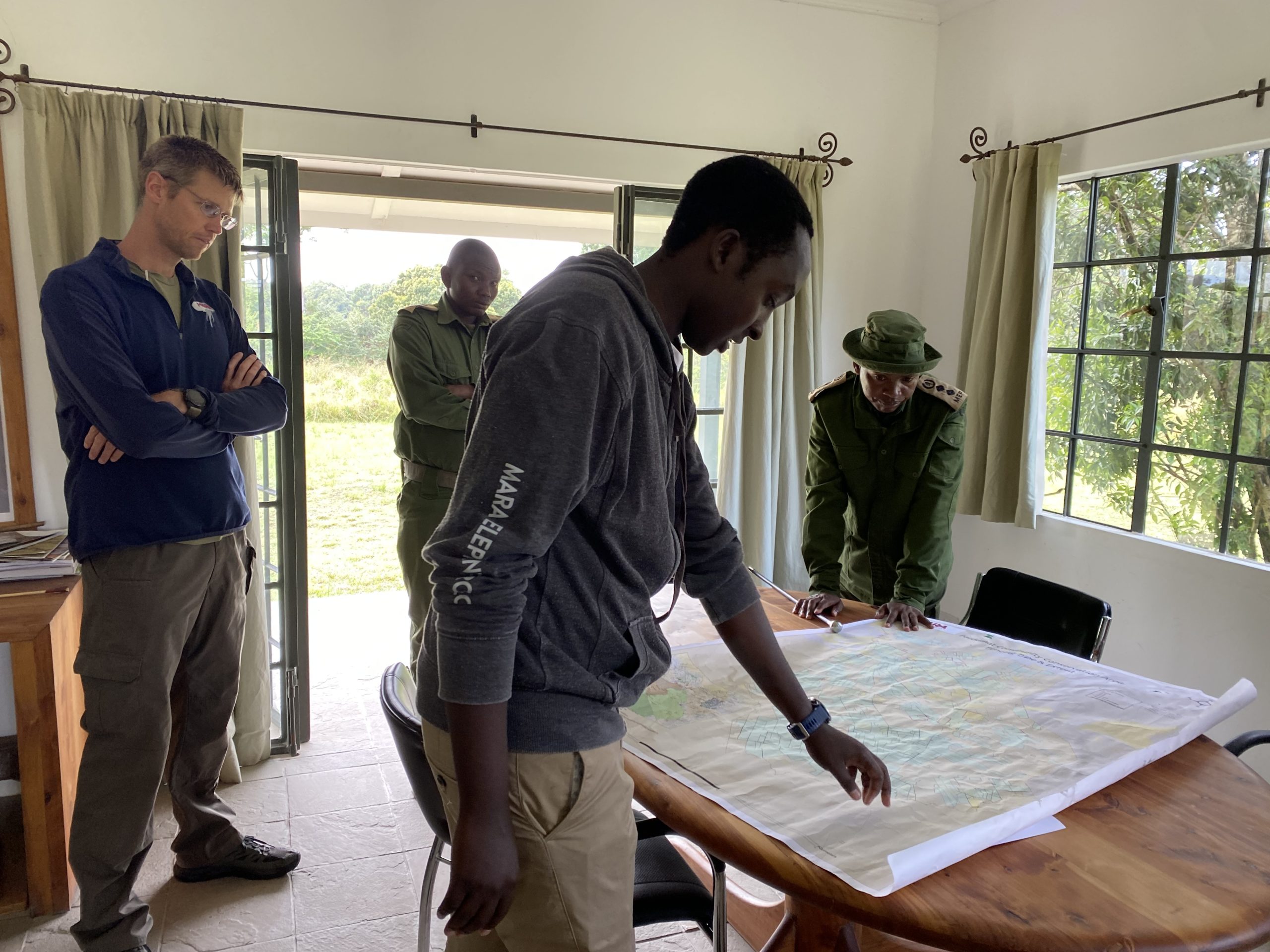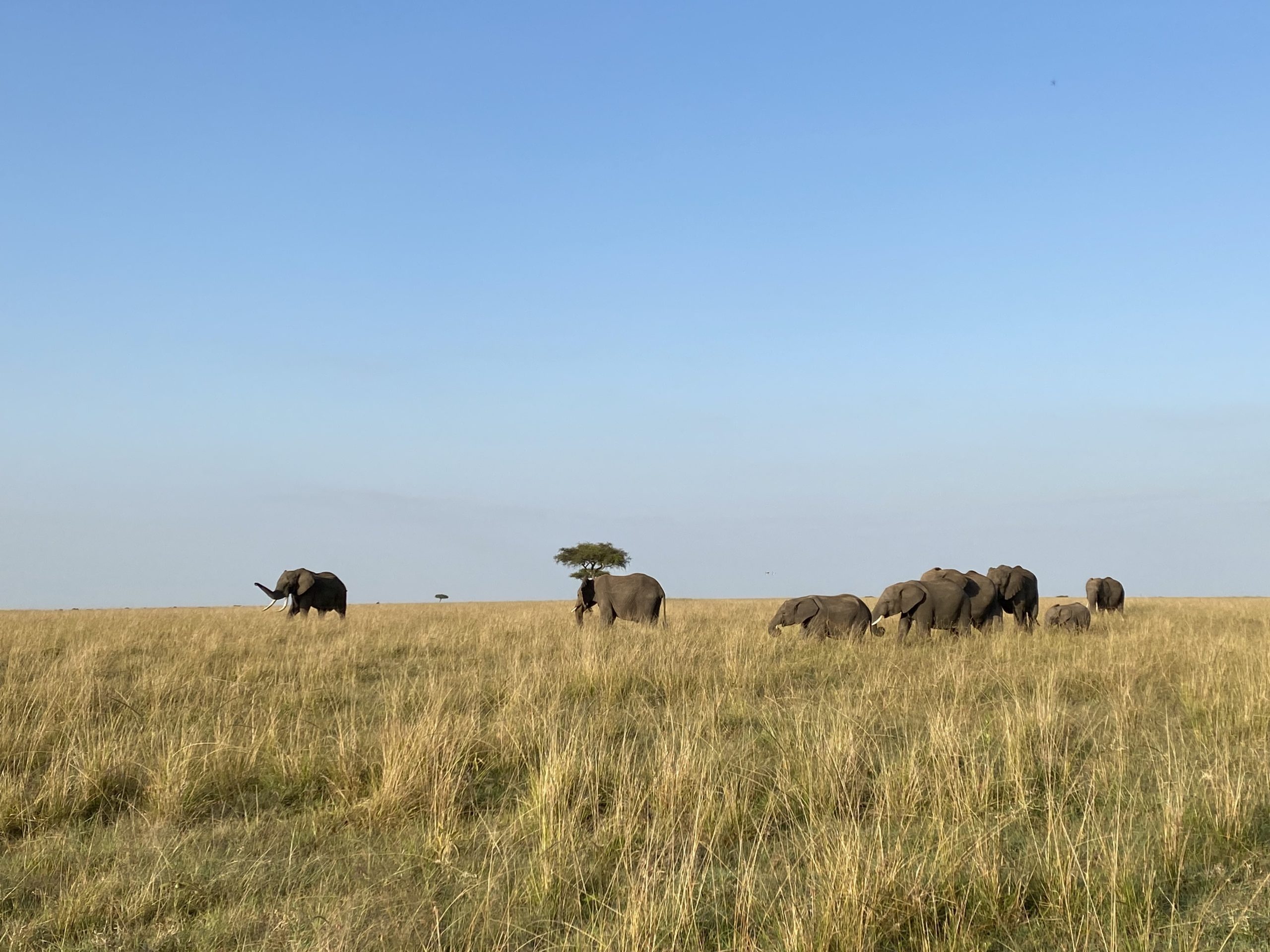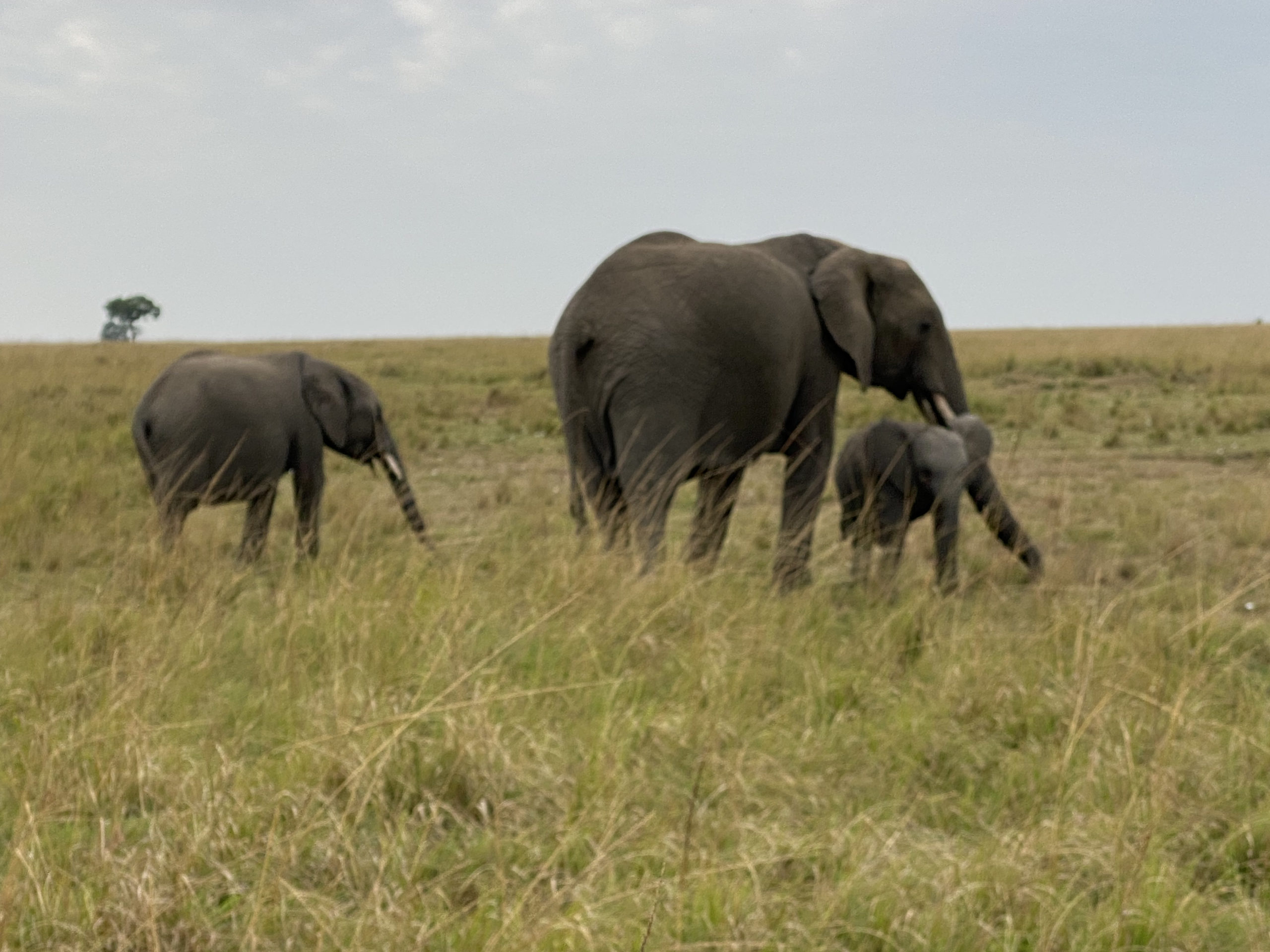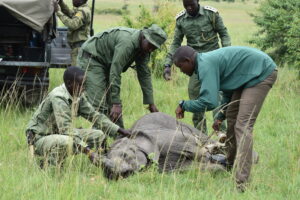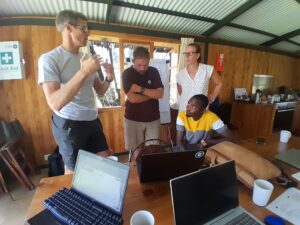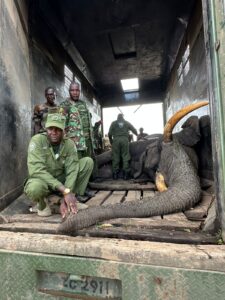Today, you can be an honorary elephant researcher and join Mara Elephant Project’s long-term monitoring (LTM) team to identify elephants in the Greater Mara Ecosystem (GME). Meet Fintan, John and Sarafina, members of this team, and join them to learn more about how they monitor the elephants that call the Mara home.
William Fortescue
The first step requires the LTM team to go out into the field to find elephants, which can actually be harder than you think. They use their dedicated vehicle to set out early in the morning to find elephants in nearby conservancies to observe. In 2021, the LTM team covered 3,017 kilometers (1,875 miles) encompassing conservancies Enoonkishu, Olchorom, Lemek, Mara North, Olare Motorogi, Naboisho, Olkinyiei and the Mara Triangle.
Chags Photography
Once elephants have been found, the team observes a herd for several hours taking meticulous notes using a tablet that creates an event in MEP’s EarthRanger system, which tracks all of our conservation data. They note the size of the herd, the sex makeup of the herd and estimate ages of the elephants among other data points collected. They also note the date and their location. Once completed, they move on to photographing the herd and taking high resolution photos of each individual that is sexually mature to analyze once they return to headquarters.
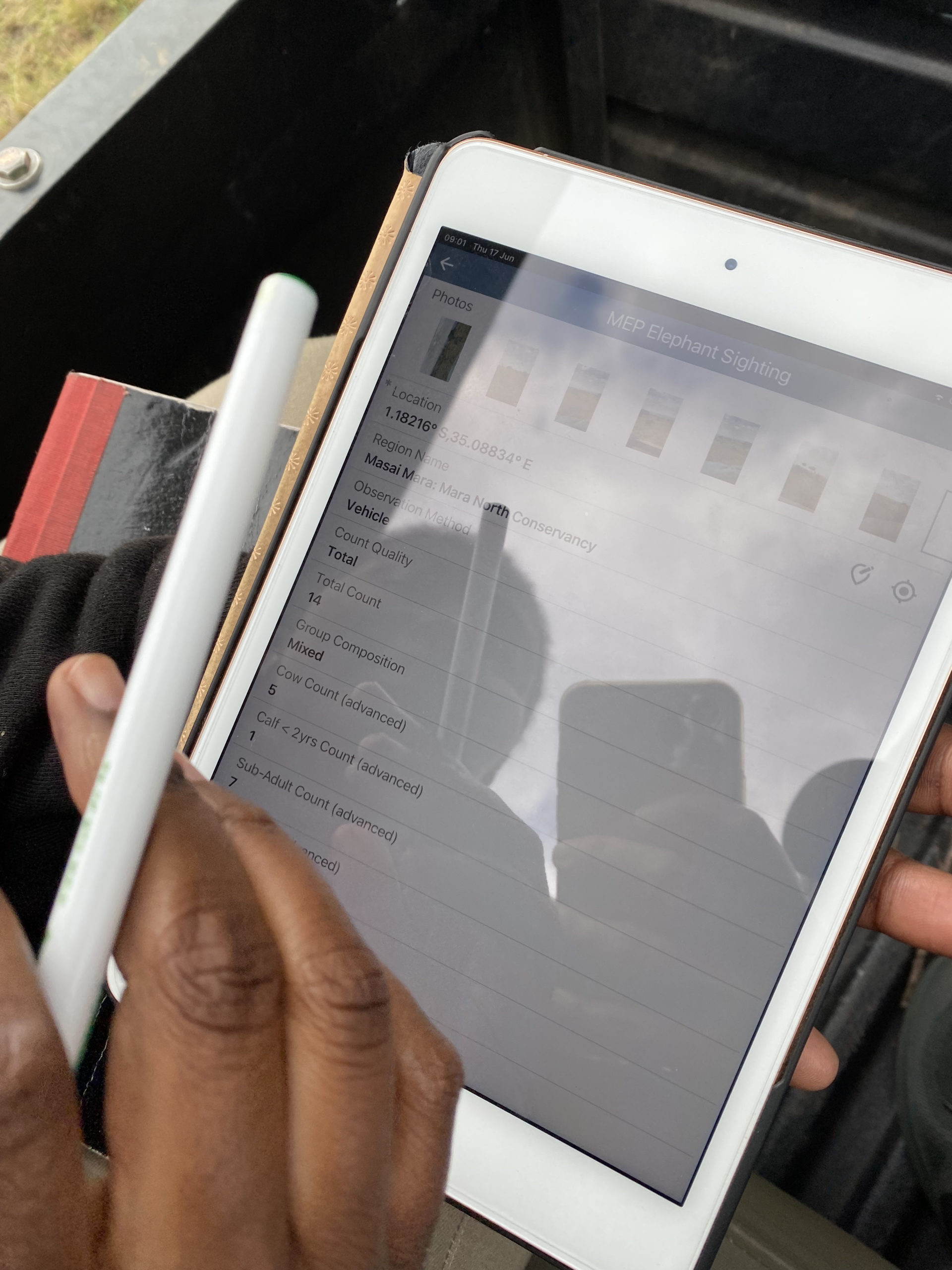
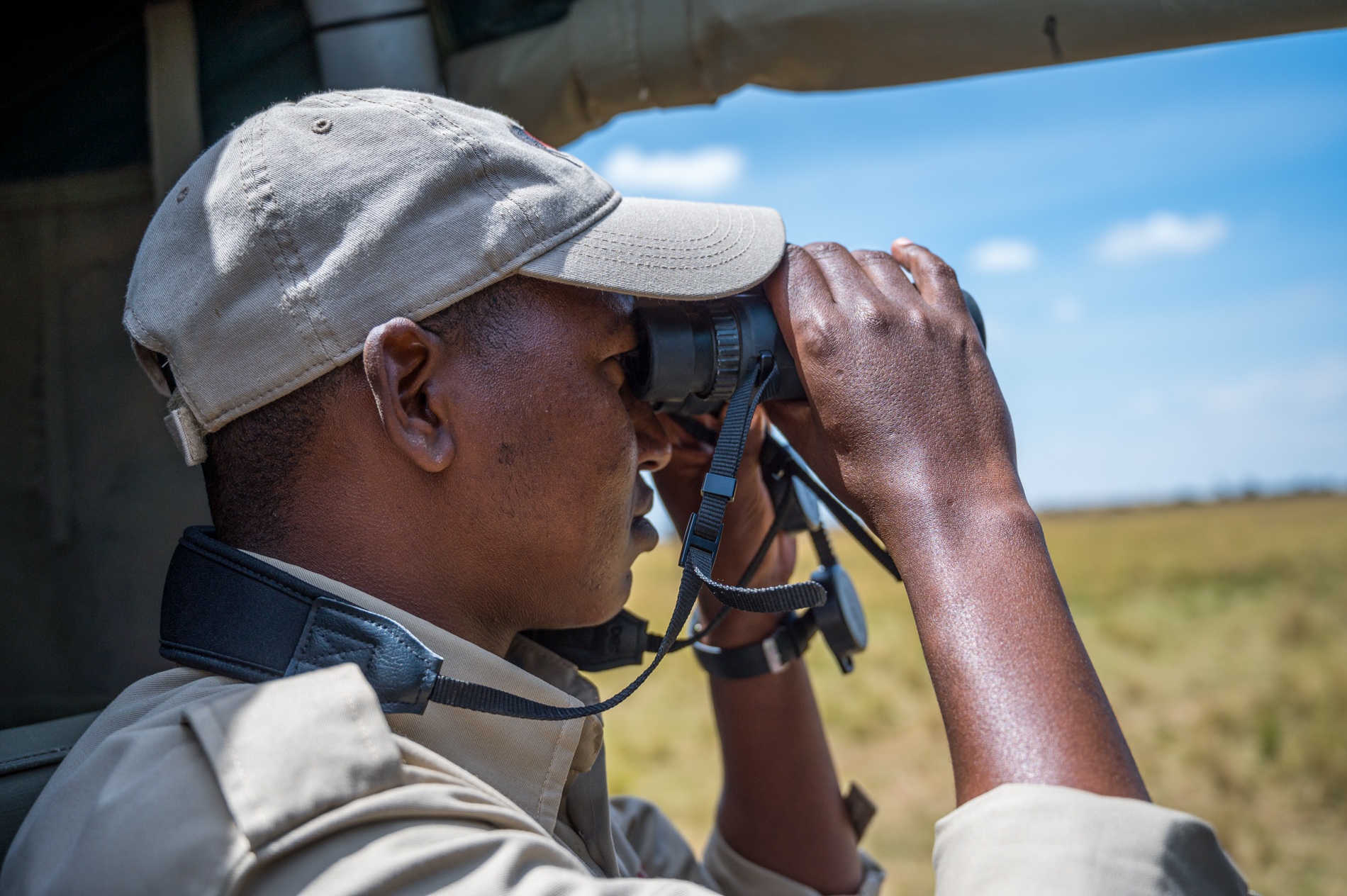
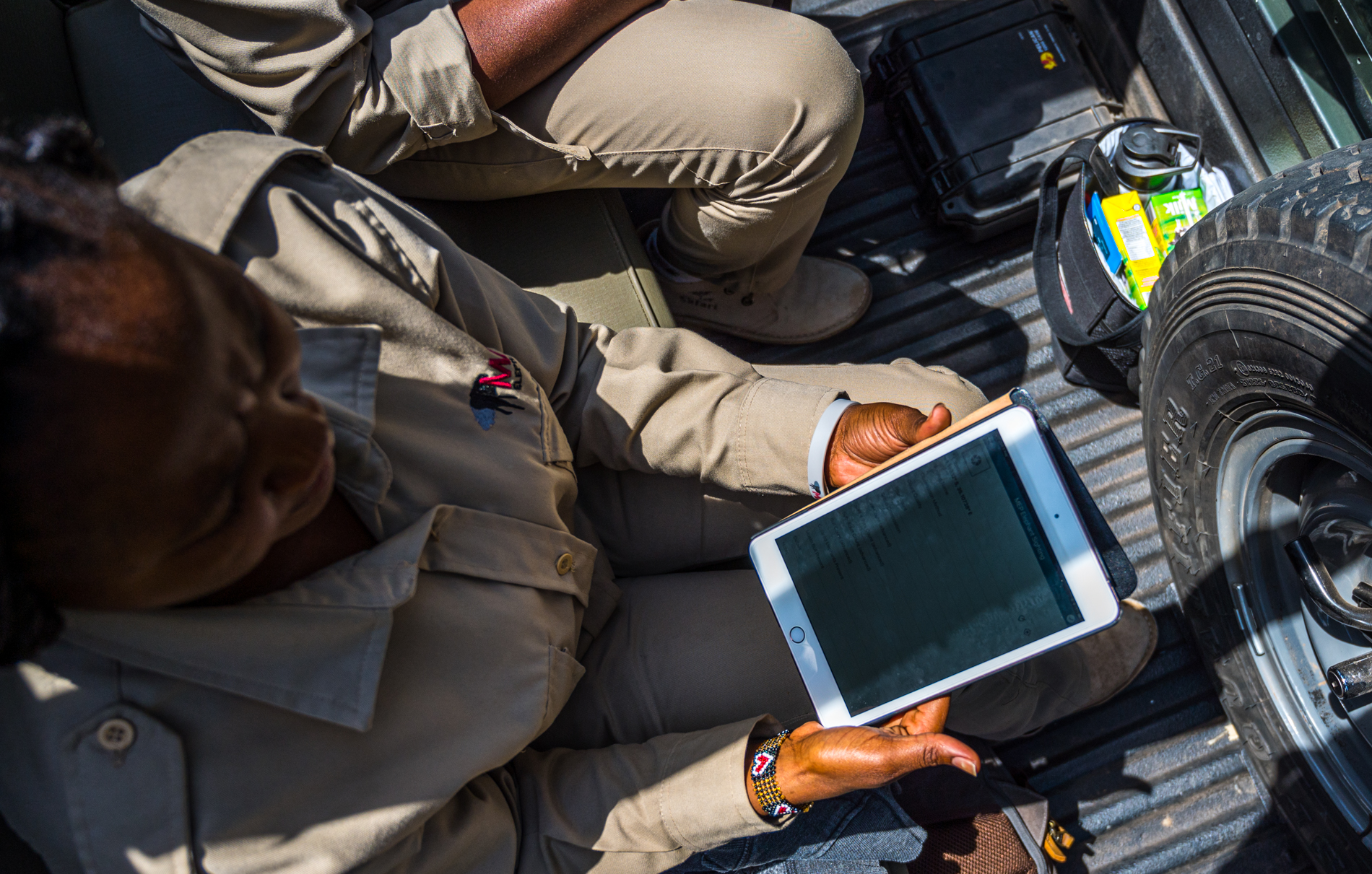
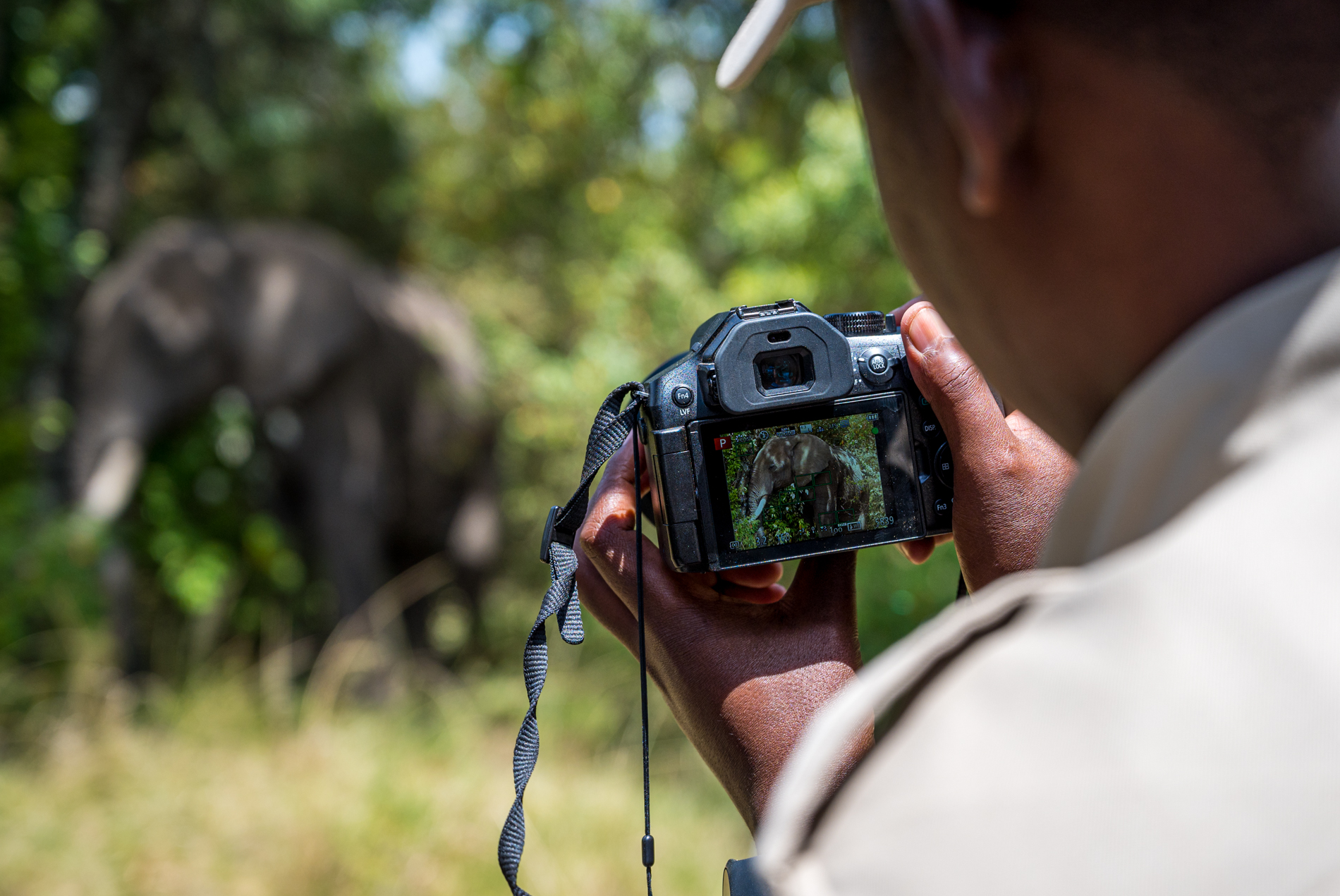

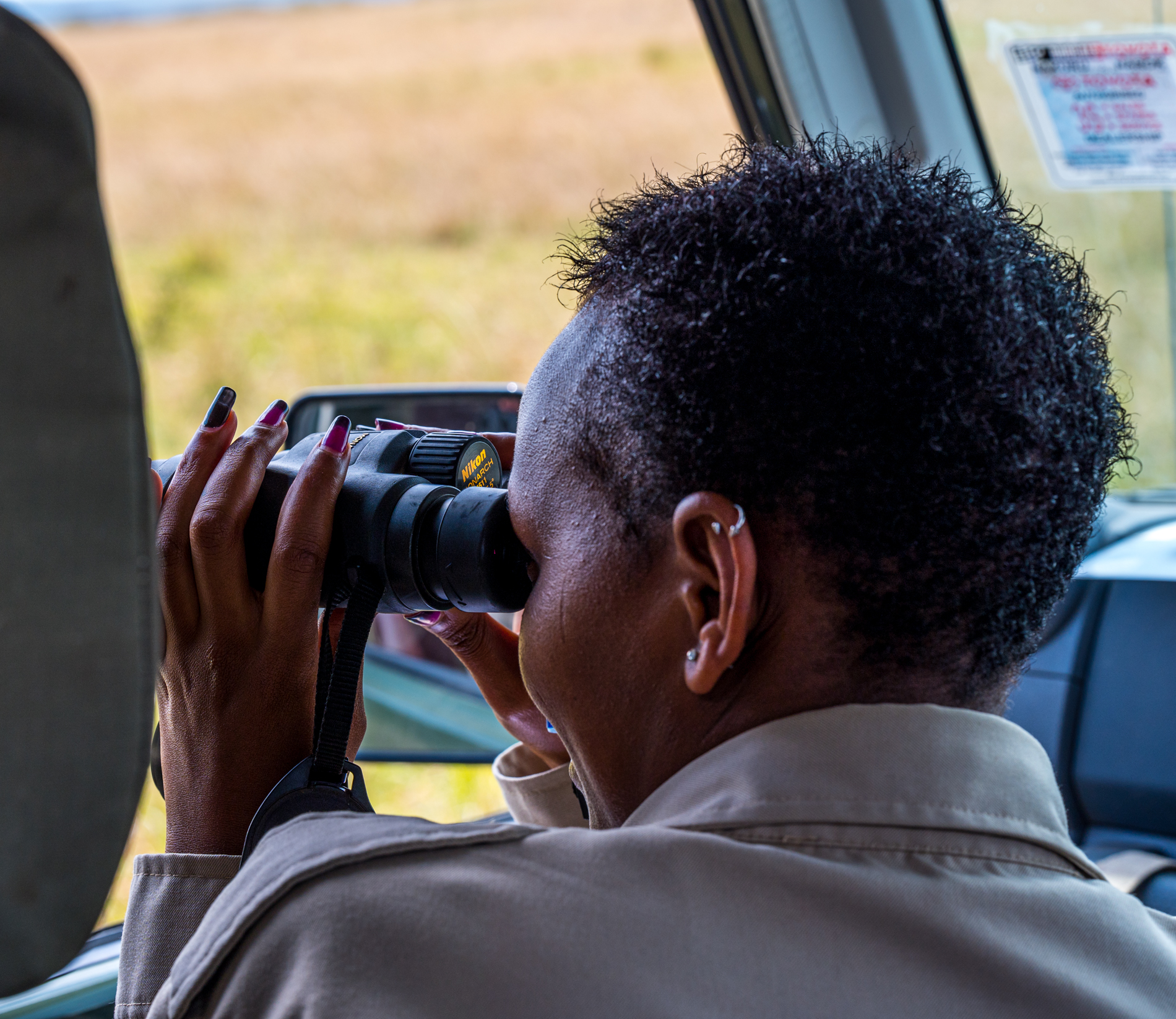
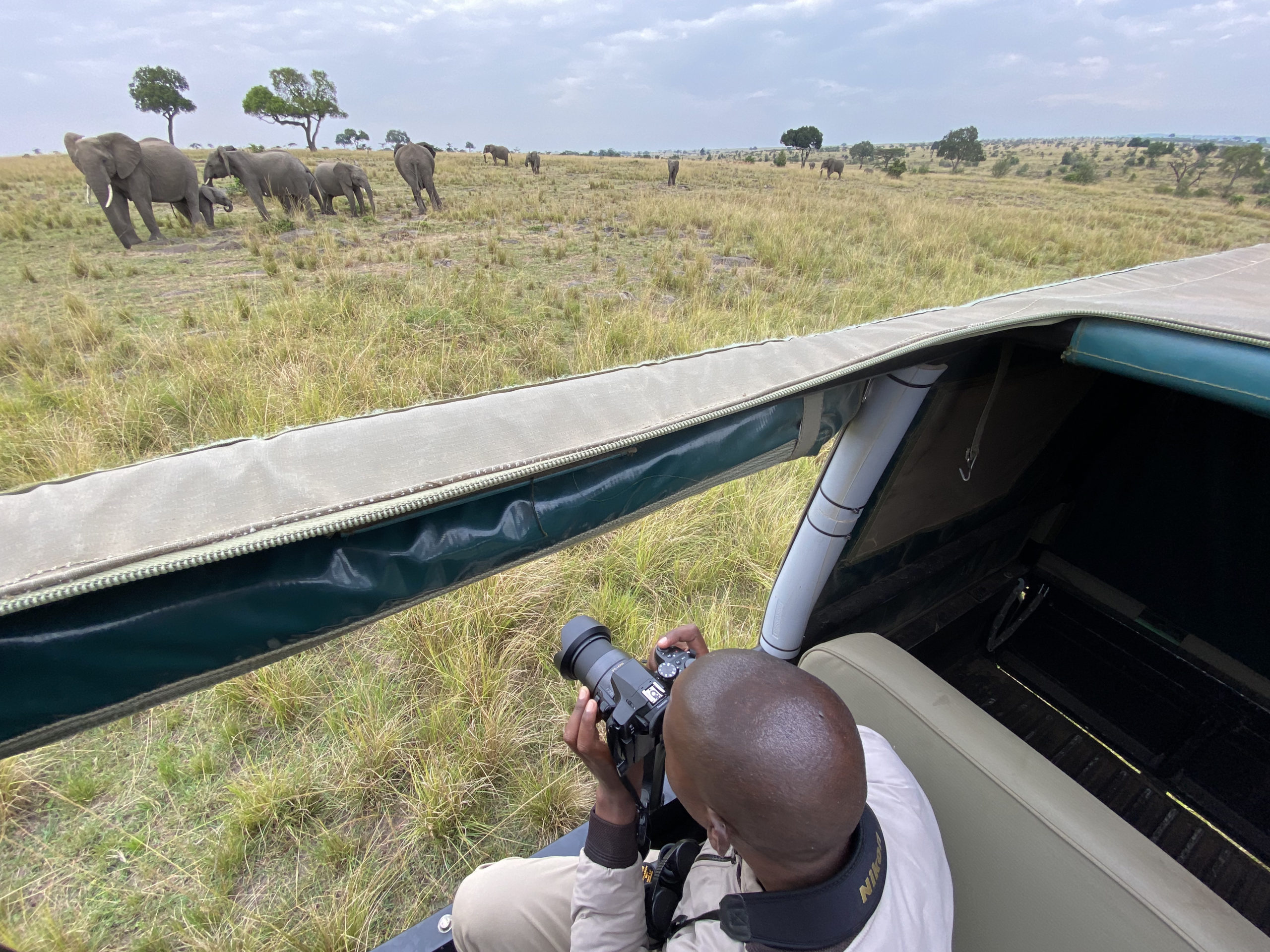
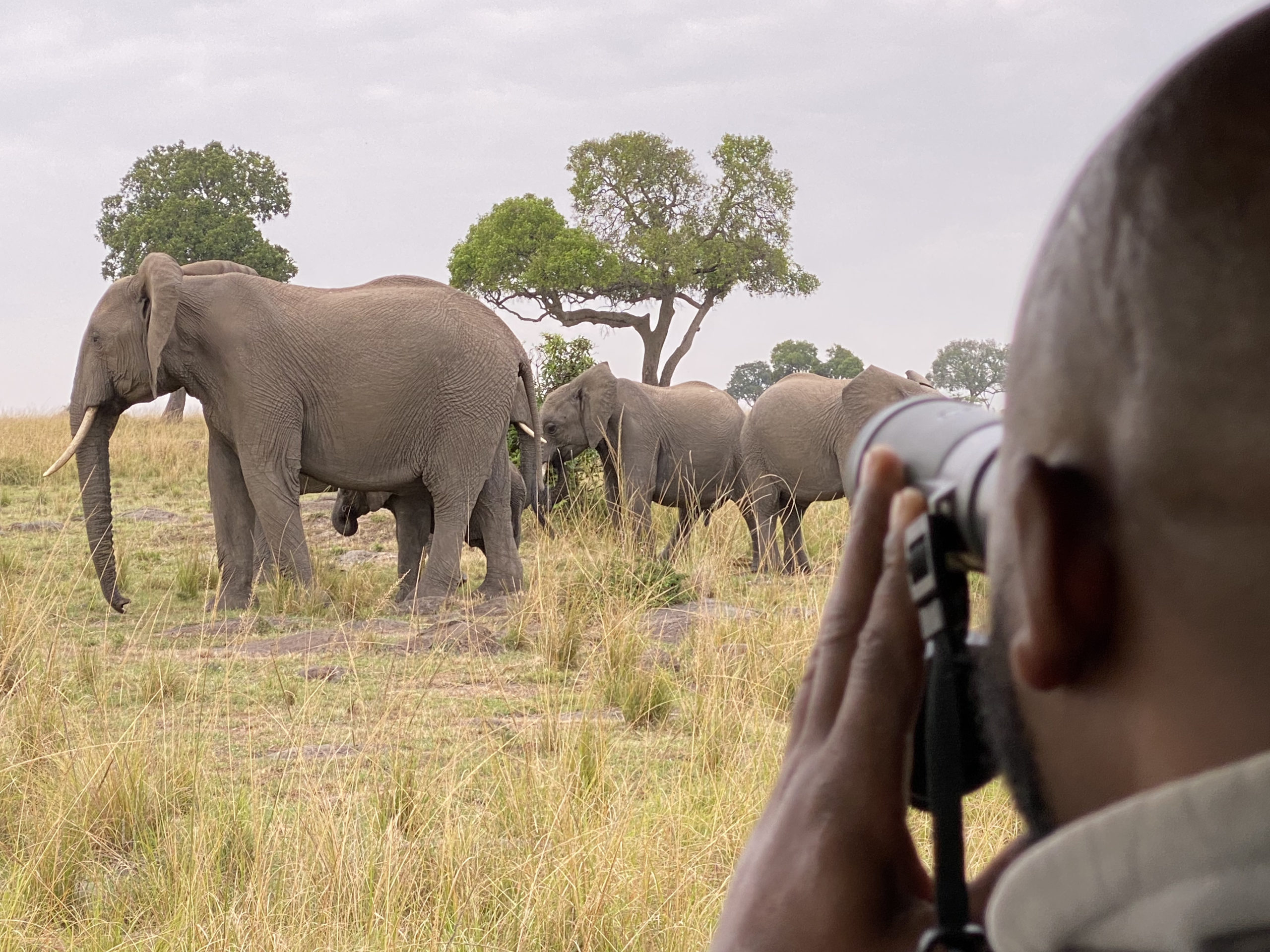
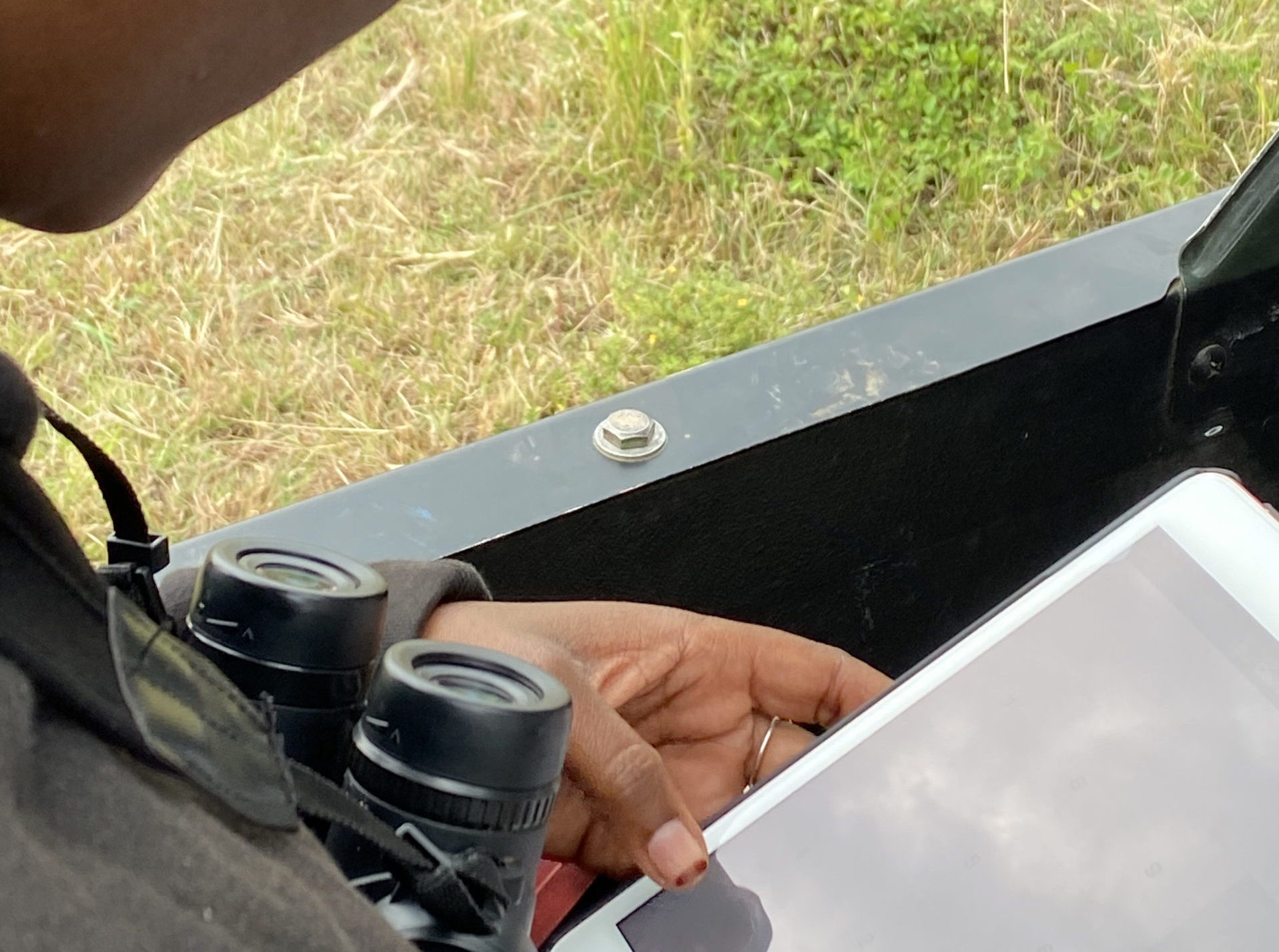

When the team returns to MEP’s headquarters they then spend time inputting all of the data into Elephantbook, a software system designed by MEP in collaboration with the California Institute of Technology and Elephants Alive, which links to EarthRanger. The information noted on each individual elephant is extensive so that the same elephant and family herd can be identified correctly again to be monitored over time. They start with the ears and take one ear at a time dividing it up into sections, like a clock, and noting any distinct characteristics and where they are located. They also use the detailed photographs from the field to note the tusks, prior injuries that have healed or any defining features that an elephant might have. For example, this female elephant was noted with several distinct characteristics. For one, she’s missing a tail, likely a result of a close encounter with a predator when she was young, and her left ear is unable to move and flops to the side. You’ll notice both in the video.
Once the LTM team has collected enough data in the field from the same elephant, then that elephant is given an official ID number and is added to our growing catalogue of individuals identified (860 individual elephants were identified in 2021). In the example above, this female individual was given the identification number 2, which in our system will always be assigned just to her. MEP is continuing with research on individual elephant identification started by Dr. Joyce Poole from Elephant Voices.
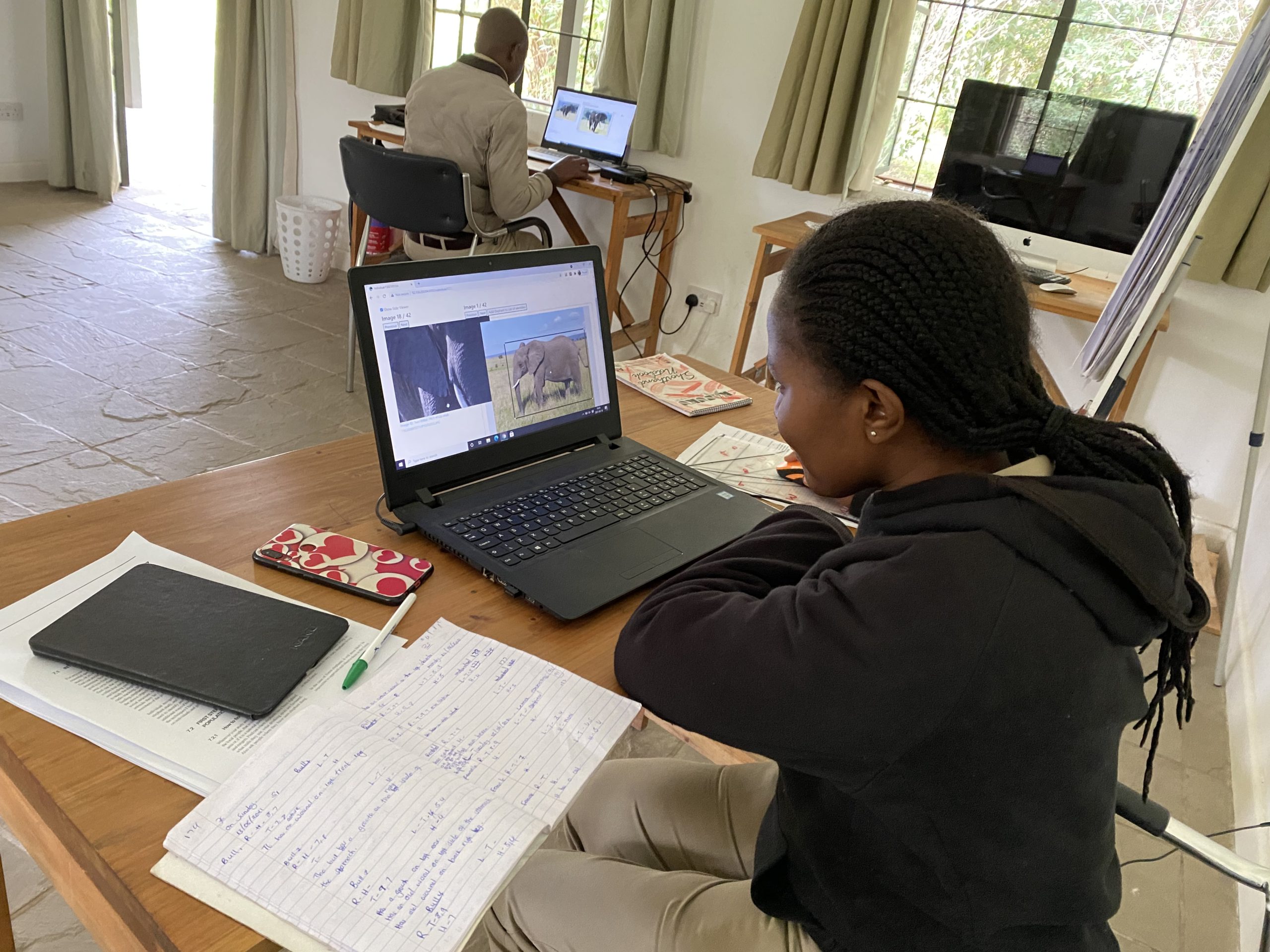
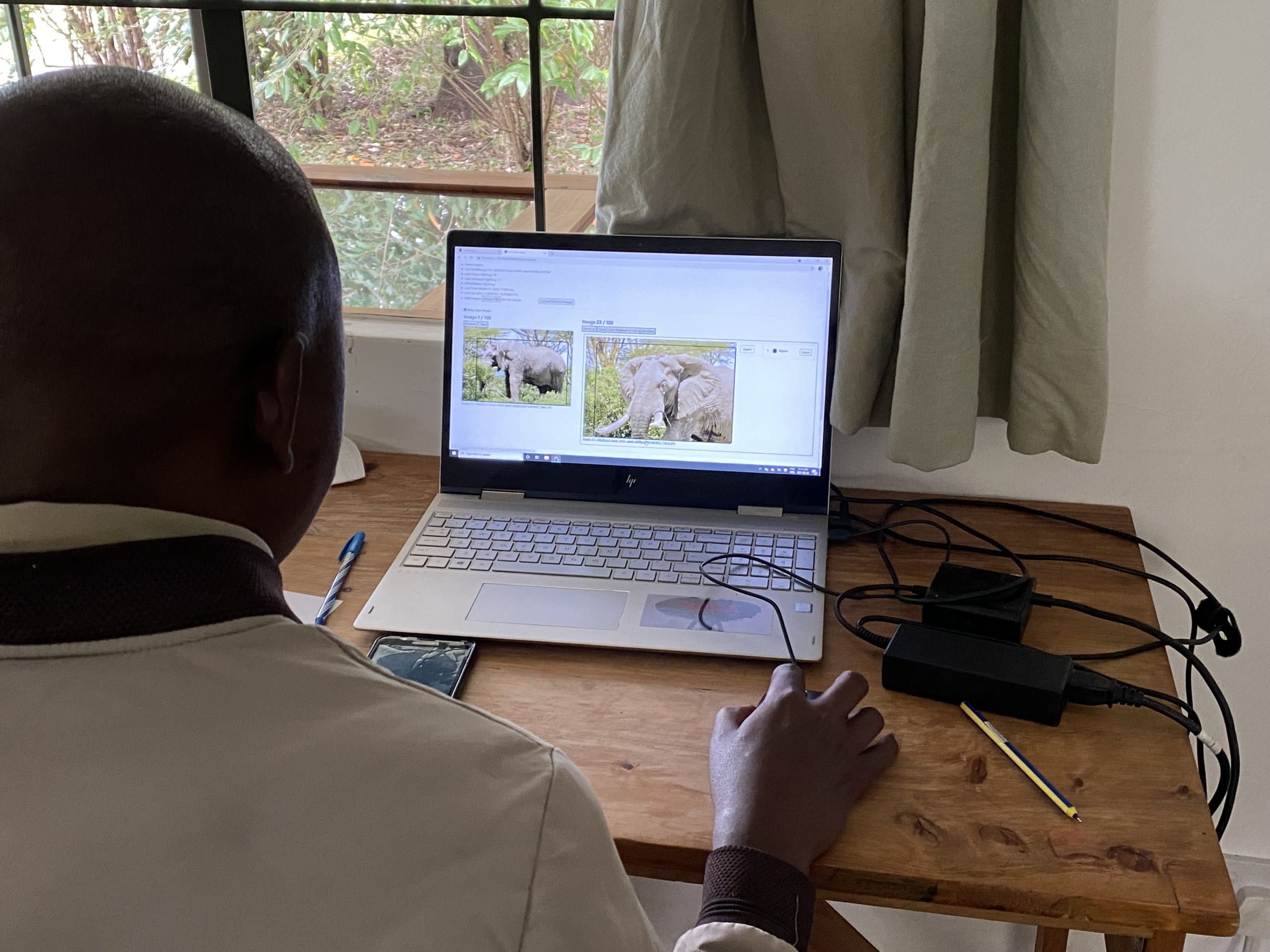

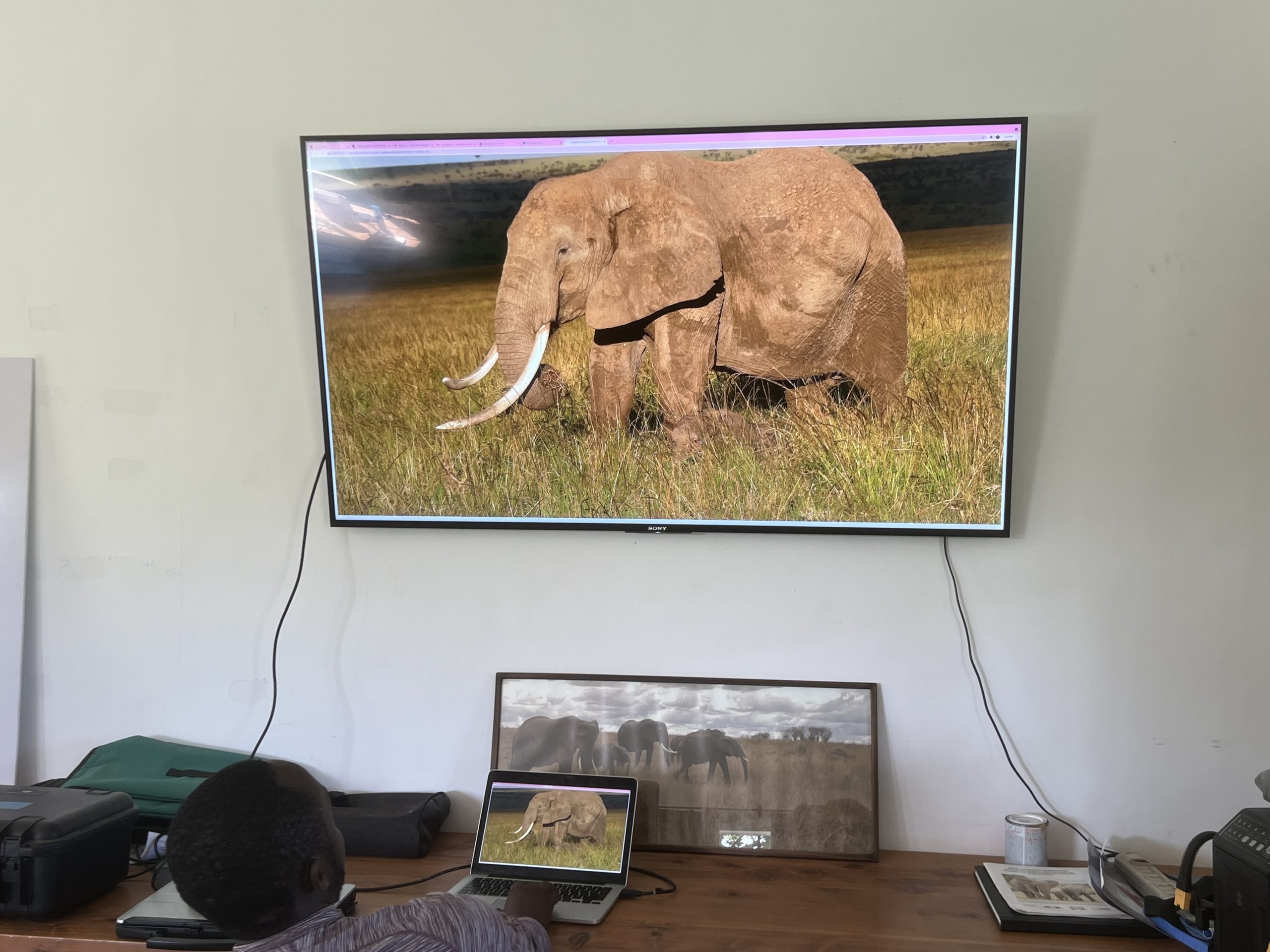

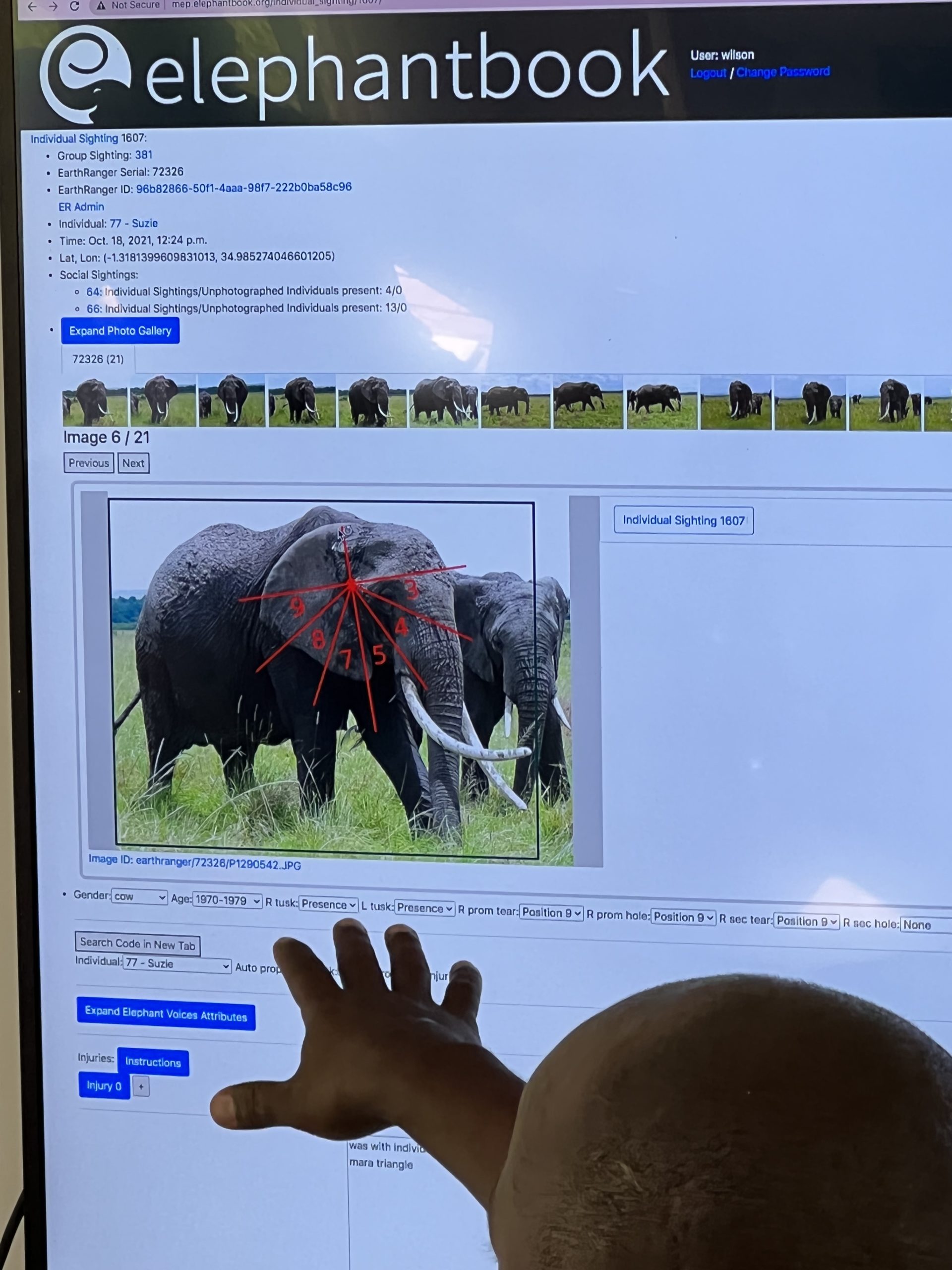
The LTM team’s work allows MEP to monitor the elephant population for any injuries related to conflict, and collaborate with partners Kenya Wildlife Service (KWS) and Sheldrick Wildlife Trust on a vet intervention if needed. We are also taking the monitoring information collected and applying it for more effective ranger deployments, and over time, it could help alert MEP and KWS to a potential resurgence in poaching in the ecosystem. Reliable wildlife population monitoring is critical for effective conservation. Accurate measurement of the elephant population and distribution across the GME helps increase our ability to protect them and their habitats.
So, use your elephant research skills and join the LTM team monitoring a herd in Mara North Conservancy. In this herd there are 14 total elephants, and five are identified females and one is an identified male because they have reached maturity. Female ID 20, 48, 49, 51 and 143 along with male 16 are all in this picture.
Let’s take a closer look, here is female ID 20 with her sub-adult calf and under 2-year-old calf.
The MEP LTM team will continue to monitor this female elephant and her family to better protect them from threats. Their ongoing field monitoring, data analysis, and conservation efforts are needed to ensure the long-term survival of elephants and the GME.
JOIN THEM!
Chags Photography
